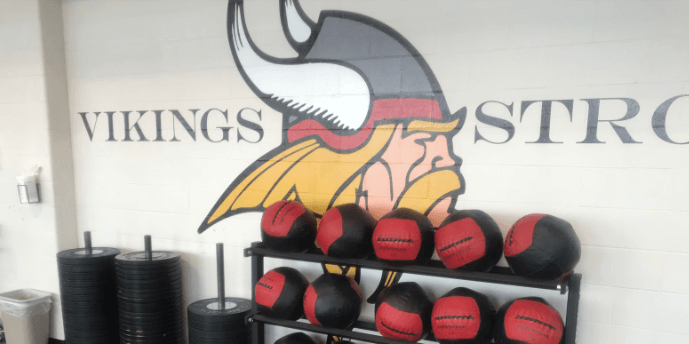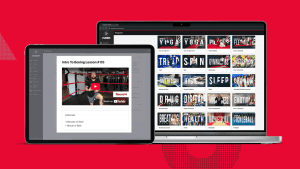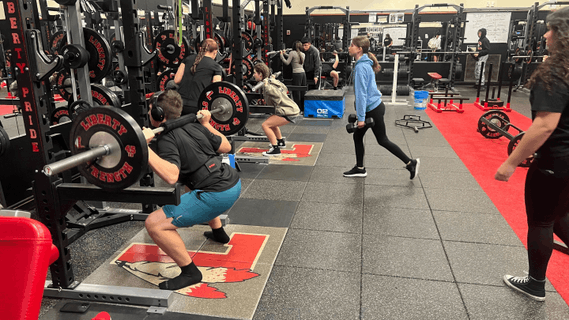Waylon Schenk, like many high school coaches over the years, was a long time disciple of Bigger, Faster, Stronger. The structure, periodization, and progression it provided helped develop stronger athletes in the weight room.
While the workouts proved effective, there were drawbacks. First, the pace of workouts was never satisfactory, as kids were constantly referencing percentage charts on the wall to try to determine their weight for each set. Secondly, it was nearly impossible to track progress with any accuracy.
This led Waylon to transition from workout cards to Excel sheets. Kids now had individualized cards with their weight prescriptions. They would then record their results, and Coach Schenk would spend the weekends updating each athlete’s individual workout in Excel. He would then print the cards one at a time for the upcoming week.
While this led to more efficient workouts, it was an all consuming endeavor for Waylon.
In 2017, upon accepting the Athletic Director and Head Football Coaching position at North Posey in Indiana, his staff began to discuss alternative approaches to their strength and conditioning program. “I’d give anything for an app that would automate all of this,” Waylon remembers saying.
While researching various Strength and Conditioning platforms, the staff stumbled upon PLT4M. “After seeing the demo, we moved fast,” Waylon recalls.
The North Posey staff developed a comprehensive program for all experienced athletes at the school, building it into PLT4M. These workouts were first delivered through the PLT4M app where athletes could see their personalized workloads, and record results. With PLT4M’s automated worksets, kids maxes were adjusted week to week, meaning no more weekends lost in excel.
“Kids like it because it is tech based. Coaches like it because it provides them with the information they need to run workouts comfortably and efficiently.”
In 2018, the school went 1-to-1 with Google Chromebooks. Now, athletes bring their Chromebooks to their workout, arranging them against the wall away from the racks. Using the Rackview feature, one athlete can add up to 5 kids to his device. Groups share Chromebooks, making their way through the workout each day and logging their results as they go.
More efficient workouts hasn’t been the only benefit. With better data tracking, staff can now grade kids on various criteria. “We use a combination of Attendance, Workout Time Stamps, and percentage based improvement in key lifts to grade kids each semester,” says Waylon.







